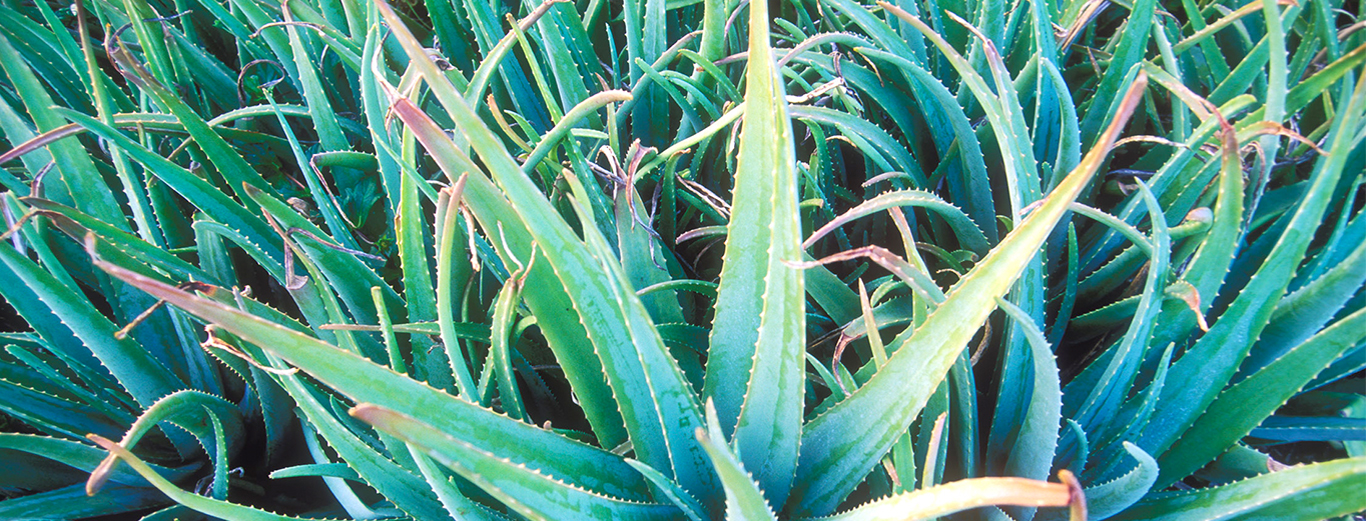

In botany, succulent plants, also known as succulents are plants that have some parts that are more than normally thickened and fleshy, usually to retain water in arid climates or soil conditions. Succulents are often grown as ornamental plants because of their striking and unusual appearance. Many plant families have multiple succulents found within them (over 25 plant families!). The habitats of these water preserving plants are often in areas with high temperatures and low rainfall. Succulents have the ability to thrive on limited water sources, such as mist and dew, which makes them equipped to survive in ecosystems which contains scarce water sources.
Succulents are favored as houseplants for their attractiveness and ease of care. If properly potted, succulents require little maintenance to survive indoors. Succulents are very adaptable houseplants and will thrive in a range of indoor conditions. For most plant owners over-watering and associated infections are main cause of death in succulents. Succulents can be propagated by different means. The most common is vegetative propagation; this includes cuttings where several inches of stem with leaves are cut and after healing produce a callus. After a week or so, roots may grow. A second method is division consisting of uprooting an overgrown clump and pulling the stems and roots apart. The easiest one is allowing the formation of callus from a leaf. The vegetative propagation can be different according to the species.

300 species

1600 species

1300 species

2000 species

500 species

500+ species

11 species

1000+ species

500 species


A general definition of succulents is that they are drought resistant plants in which the leaves, stem or roots have become more than usually fleshy by the development of water-storing tissue. Other sources exclude roots as in the definition "a plant with thick, fleshy and swollen stems and/or leaves, adapted to dry environments." Those who grow succulents as a hobby use the term in a different way to botanists. In horticultural use, the term succulent regularly excludes cacti.
A practical, but unscientific, horticultural definition is
"A succulent plant is any desert plant that a succulent plant collector wishes to grow."
Many succulents come from dry areas such as steppes, semi-deserts, and deserts. High temperatures and low precipitation force plants to collect and store water to survive long dry periods. Some species of cactus can survive for months without rainfall. Succulents may occasionally occur as epiphytes, growing on other plants with limited or no contact with the ground, and are dependent on their ability to store water and gain nutrients by other means; this niche is seen in Tillandsia. Succulents also occur as inhabitants of sea coasts and dry lakes, which are exposed to high levels of dissolved minerals that are deadly to many other plant species.

(sources)